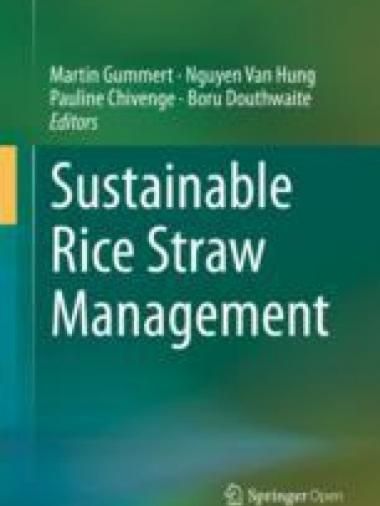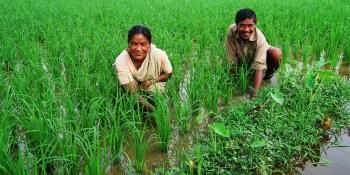Rice Straw Management Effects on Greenhouse Gas Emissions and Mitigation Options

Lowland rice is a significant source of anthropogenic greenhouse gas emissions (GHGEs) and the primary source of agricultural emissions for many developing countries in Asia. At the same time, rice soils represent one of the largest global soil organic carbon sinks. Straw management is a key factor in controlling the emissions and mitigation potential of rice primarily by affecting methane (CH4) from anaerobic decomposition and carbon losses from burning. Achieving climatesmart management of rice while also improving yields and farm profits, however, is challenging due to economic-environmental trade-offs. This balance could be met with appropriate site-specific practices. This chapter discusses these straw management practices that affect yield-scaled GHGEs and mitigation options in different rice environments.
Citation
Allen J, Pascual KS, Romasanta RR, Van Trinh M, Van Thach T, Van Hung N, Sander BO, Chivenge P. 2020. Rice Straw Management Effects on Greenhouse Gas Emissions and Mitigation Options in Sustainable Rice Straw Management. 145-159.
